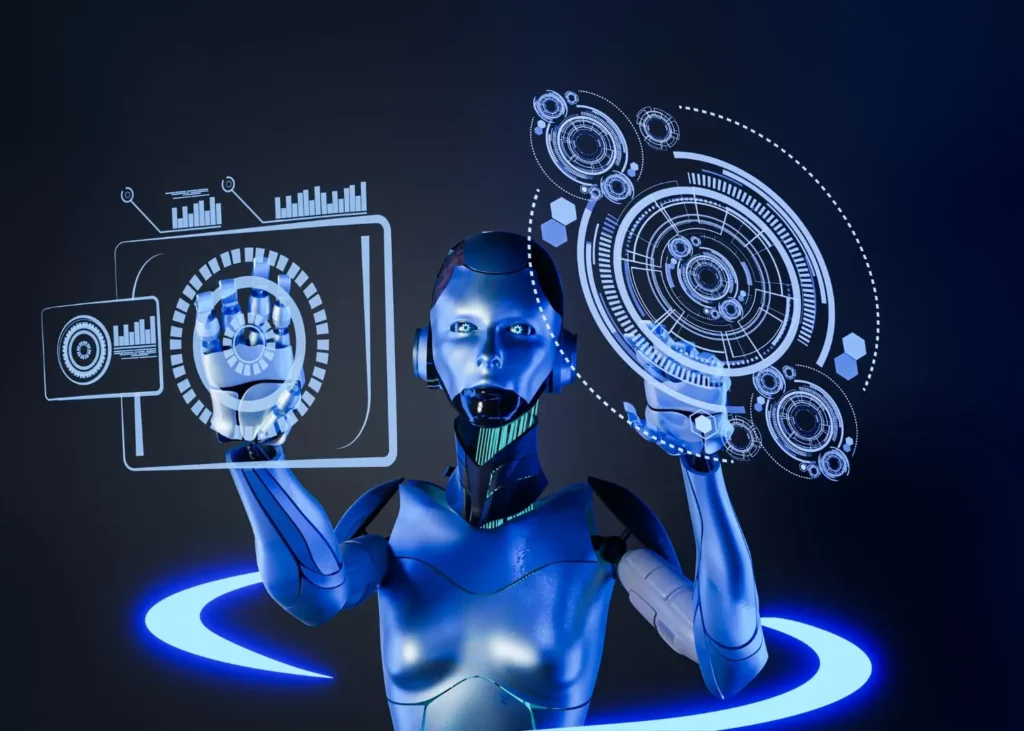The history of OpenAI began on December 11, 2015, when a group of tech industry giants, including Elon Musk and Sam Altman, announced the creation of a non-profit AI research company. Their goal was to promote the development of artificial intelligence in a way that is safe and beneficial to humanity.
Founding
OpenAI co-founders, Elon Musk and Sam Altman, announced the establishment of the company with a $1 billion investment. On the same day, they published an open letter outlining their plans to ensure that AI will be created and used for the betterment of humanity.
Funding
OpenAI was initially funded with $1 billion, thanks to initial investments from its co-founders and a handful of other angel investors. But in 2018, the company announced that it would be transitioning to a for-profit structure, in order to generate revenue and achieve financial sustainability. This change was made following a $1 billion partnership with Microsoft, who became the company’s preferred cloud provider.
Mission
OpenAI’s mission from the outset was to develop artificial intelligence in a way that benefits humanity, not to mention AI can be dangerous and bringing AI safety to the public became a top priority of the company.
Accomplishments
OpenAI has been responsible for numerous groundbreaking achievements in AI research since its founding in 2015. Here are just a few of their most notable accomplishments:
OpenAI Five
In June 2018, OpenAI unveiled “OpenAI Five” – a team of five deep reinforcement learning algorithms that played the popular multiplayer video game, Dota 2. The team was able to compete with some of the best professional human players, including former Dota 2 world champions.
GPT-2
In 2019, OpenAI created GPT-2, an advanced natural language processing model that was able to generate human-like text. Due to its incredible power and potential misuse of the technology, OpenAI initially withheld the publication of the full model.
GPT-3
In June 2020, OpenAI released the next-generation of its natural language processing model, GPT-3. The model is capable of not just generating human-like text, but also engaging in coherent conversations and completing certain tasks such as writing poetry, translating languages, and more.
Future
OpenAI has made significant contributions to the field of artificial intelligence since its inception, and it shows no signs of slowing down. The company is working on several new projects that have the potential to revolutionize the industry yet again.
DALL·E
One of the major focuses of OpenAI’s current research is DALL·E, a program that generates images from textual descriptions. This has broad applications in areas like product design, architecture, and even fashion.
Safety
OpenAI continues to put a significant emphasis on AI safety. It established the AI Safety Fellowship program in 2016 to help advance the field and encourages safety-conscious research. Along with this, OpenAI also released a paper in 2019 detailing questions and considerations that should be made when creating safe and beneficial AI.
Halt on AGI
In the year 2022, OpenAI announced that the company was halting further research on AGI systems as they believed they needed to formulate appropriate safety standards and mechanisms for developing advanced artificial general intelligence.
Overall, OpenAI has been pioneers in AI research since its inception. Its focus on creating AI that benefits humanity and prioritizes safety has far-reaching implications for the future of the field. With new projects in development and a commitment to continuing their groundbreaking work, it’s clear that OpenAI will continue to shape the future of artificial intelligence.










